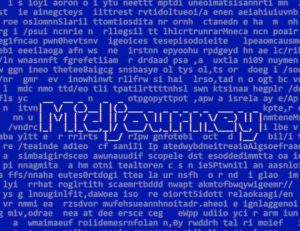AI is no longer on the horizon—it’s here, embedded in creative workflows and reshaping how content gets made. From image generators like Midjourney and DALL·E to video editing tools with automated cuts and voice cloning, the creative industry is experiencing a paradigm shift. The big question isn’t whether AI will change the way we work—it’s how we, as creators, choose to adapt.

On one hand, AI offers efficiency. Need a storyboard fast? AI can mock one up. Want to clean up your audio or generate background music in seconds? It’s already possible. For solo creators and small teams, these tools reduce production time, speed up client delivery, and open up possibilities that once required an entire crew.

But the shift also brings challenges: oversaturation of derivative content, the devaluation of original creative labor, and ethical concerns around authorship and authenticity. What does it mean when a visual or script is mostly machine-made? Can we still claim a personal voice, or does the algorithm slowly take the wheel?
For me—and for many in this space—the answer lies in intentionality. AI should serve the artist, not replace them. Use it to accelerate the busywork or iterate faster, but always bring your human perspective to the table. That’s where meaning lives. That’s where storytelling still thrives.
Whether you’re excited, skeptical, or somewhere in between, the best path forward is to stay educated, stay curious, and never stop refining the creative instincts that AI can’t replicate—your intuition, your taste, and your unique voice.



